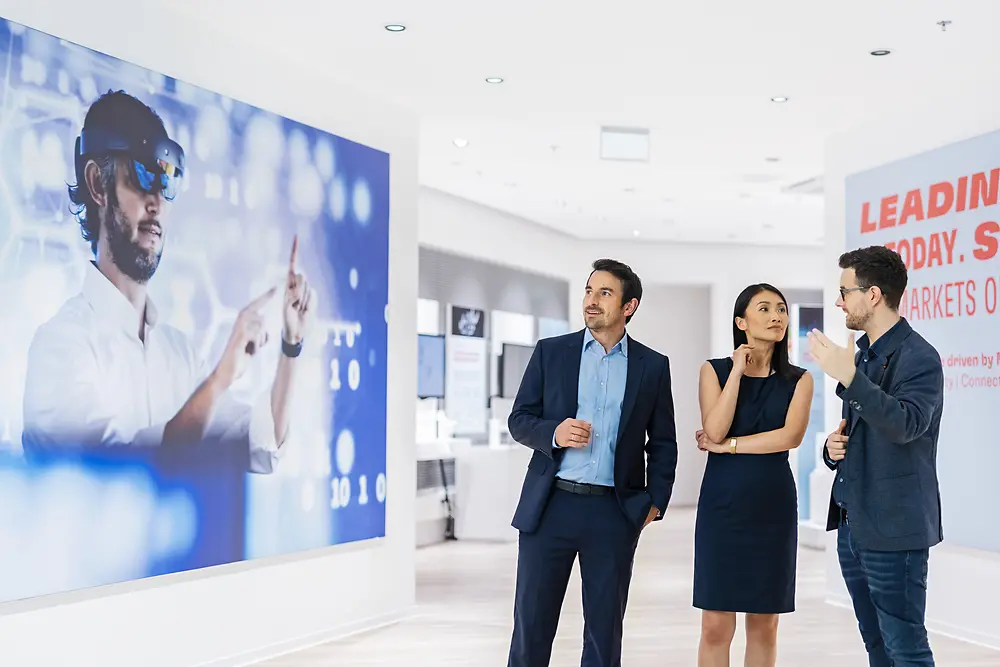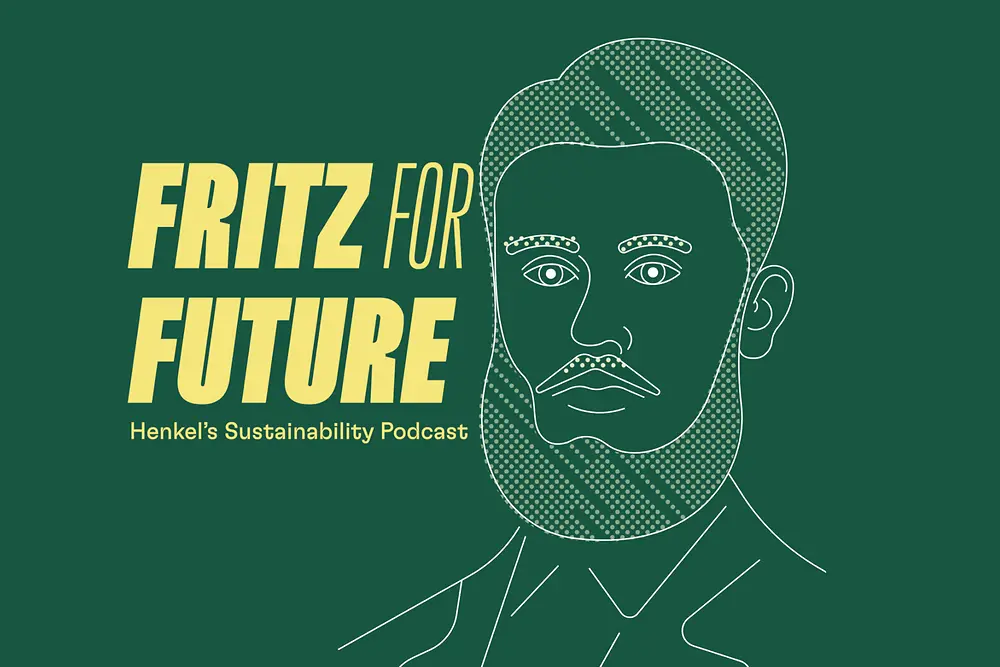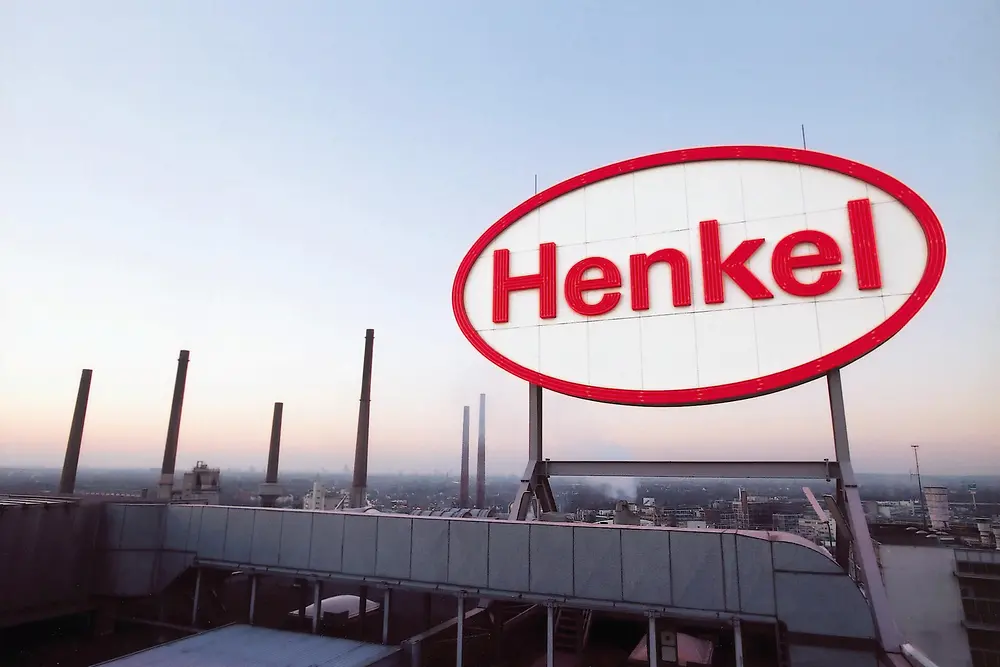With the help of life cycle analyses and the knowledge they have acquired during many years of work on sustainability, our experts analyze the complete life cycle of our products. Only by considering the entire life cycle we can ensure that the action taken will improve the overall sustainability profile of our products. Already in the early product development phase we can assess what environmental impacts occur, to what extent, and in which phase of a product’s life cycle. Building on these results, improvement measures can be applied where they are most needed and can be most efficiently implemented.
In preparing life cycle analyses, we use our own primary data as well as specific data from our suppliers, customers and other partners along the supply chain. We make use of reliable and specific databases for secondary data, such as certain emission factors or average values. One example is Carbon Minds, a chemical-specific database for ingredients. To further develop metrics and indicators, we collaborate with external partners on topics such as product carbon footprints and water footprints. In addition, we participate in technical initiatives, such as Together for Sustainability (TfS), Catena-X, the Eco Beauty Score Consortium and the Renewable Carbon Initiative. The aim is to standardize and harmonize the methodology for calculating product lifecycle appraisals, improve data quality, integrate supplier-specific data and primary data, and drive digital data exchange. An important milestone in the history of the TfS initiative is the introduction of the Product Carbon Footprint (PCF) data model in 2024. The standardized platform enables suppliers and companies to generate PCF data from their entire supply chain, exchange it securely, thus creating consistency and comparability in the chemical industry. Henkel also participates in pilot projects in the USA and Europe with the aim of driving forward the development of a reliable and internationally harmonized method of determining product life cycle analyses.




